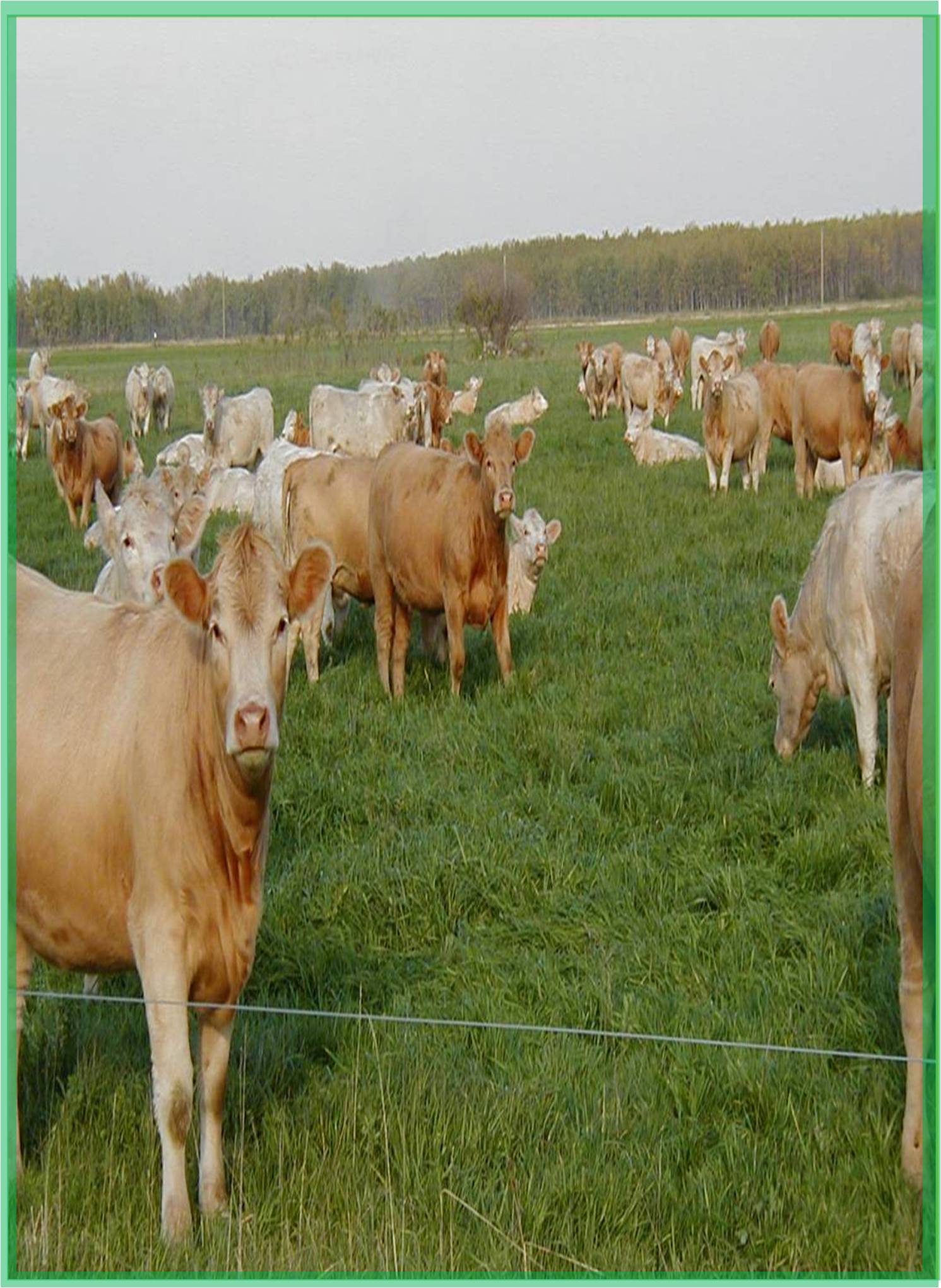



Received: 30-Nov-2022, Manuscript No. GJAS-22-83920; Editor assigned: 02-Dec-2022, Pre QC No. GJAS-22-83920 (PQ); Reviewed: 16-Dec-2022, QC No. GJAS-22-83920; Revised: 23-Dec-2022, Manuscript No. GJAS-22-83920 (R); Published: 30-Dec-2022, DOI: 10.15651/GJAS.22.10.013
The term "HYDROPONICS" refers to the cultivation of plants in a liquid nutrient solution, with or without the use of artificial medium. Expanded clay, coir, perlite, vermiculite, brick shards, polystyrene packing peanuts, and wood fibre are all common media. The term "Hydroponics" is derived from the combination of two Greek words: "Hydro" (water) and "Ponos" (labour). Hydroponics is the practice of growing plants in water that has been treated with nutrients, either with or without the mechanical assistance of an inert media like sand or gravel. This strategy contributes to solving the challenges of climate change and production system management in order to minimize hunger and make better use of natural resources. Hydroponically grown plants are supported by a rich mixture of nutrients that have been dissolved in water rather than any solid substance at all.
Hydroponics has been acknowledged as a viable way of growing vegetables as well as decorative crops including herbs, roses, freesia, and foliage plants. Because of the methyl bromide restriction in soil culture, the demand for hydroponically produced products has skyrocketed in recent years. Because of their rapid growth and nutrient absorption capabilities, lettuce and spinach are the most promising species to grow in aquaculture and hydroponics systems. Hydroponics is the practice of growing plants in soil-free, nutrient-rich solutions to boost crop yield. The water used in agricultural production should be pure and free of microbiological contamination and chemical agents. People may grow forage and food using hydroponics in locations where conventional agriculture is not practical, such as desert-like regions with dry weather. Hydroponics conserves water by recovering, filtering, replenishing, and recycling it. The majority of the water provided to the plants in soil farming is leached down to the soil and is therefore unavailable to the plant's roots, whereas in hydroponics, plant roots are either submerged in water or a film of nutrients mixed in water surrounds the root zone at all times, keeping it hydrated and nourished.
Salinity, dissolved solids, and infections are all typical elements in groundwater and dam/river water that can impair plant output and condition, however hydroponics completely avoids this sort of issue. Hydroponics can be employed in densely populated urban areas where there is no adequate ground for cultivation. Hydroponic technologies are beneficial in regions with hot weather or insufficient sunshine. The primary advantage of hydroponics is the cost savings from lower labour expenses because it is often carried out in confined spaces with mechanical irrigation and fertilization. In comparison to conventional methods, this farming approach may produce 7 to 14 times more growth cycles. Due to their efficient resource and food production management, these hydroponic systems have seen quick acceptance. A hydroponic system increases productivity per acre while also providing excellent fertilizer management, high-density sowing, and enhanced product quality. It is also useful in places of the world where there is a scarcity of cultivable or productive agricultural land. The usage of pesticides to prevent soil-borne illnesses, bug or insect infestation on plants is reduced or eliminated with the use of hydroponic technology, which is a brilliant and comparably easy approach. This approach is especially beneficial in areas where ambient pressure is a big issue. Because hydroponic crops are not affected by weather changes, they may be grown all year and are termed off-season crops.
Weeds are essentially non-existent, whilst pests and diseases are readily handled. Larger yields can be obtained as compared to conventional farming due to a higher number of plants per unit. The hydroponic method produces more while using fewer chemicals and conserving water. Hydroponic greenhouse system is the most effective technique of growing crops with high nutritional values, ensuring that plants are never stressed.
Although soilless farming is a beneficial approach, it has severe limits. The essential criteria for commercial-scale farming are technical competence and a hefty initial investment. Water-borne diseases may readily move from one plant to the next in a hydroponics system since the plants share identical nutrients. A hot environment plus a lack of oxygen can diminish output and result in crop loss. The importance of maintaining the nutritional solution's Electrical Conductivity (EC), Potential of Hydrogen (pH), and optimal concentration cannot be emphasized. Finally, lighting and energy supplies are necessary to keep the system operational in a secure environment. Hydroponics is becoming a more common way of vegetable cultivation. One of the biggest disadvantages of hydroponics is that certain crops can rapidly collect high amounts of nitrate-N (NO3-N) from the system.